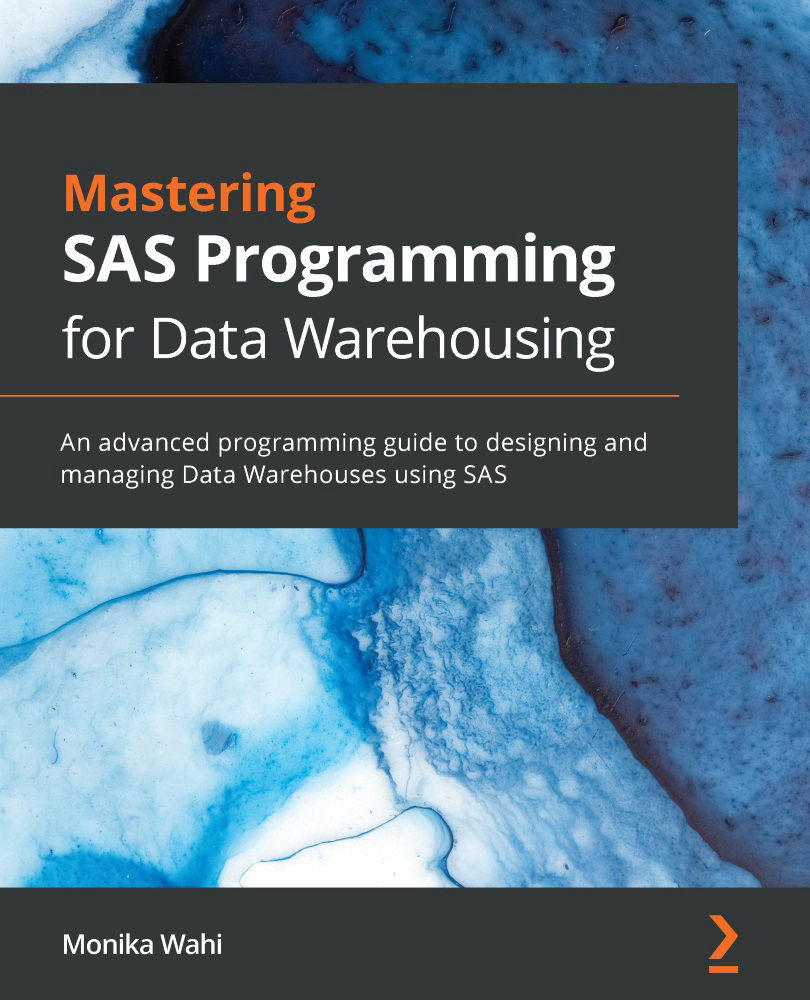Using the SAS XPT format
Because the datasets in SAS's native dataset format, *.SAS7bdat, take up a lot of space, this makes it challenging to move big SAS datasets from one host environment to another. For this reason, SAS invented the XPT format. This section explains the following:
The advantages, disadvantages, optimal uses, and features of storing datasets in XPT format
How to create an XPT file from a
*.SAS7bdatfile, and how to convert the XPT file back to a*.SAS7bdatfileThe difference between using
PROC COPYandPROC CPORT/CIMPORTin creating and extracting data from an XPT file
This section will provide you with a comprehensive understanding of the XPT file format so you can determine whether XPT could be helpful for archiving or transporting data in your data warehouse, data mart, or data lake.
Storing data in XPT format
Although the first worldwide release of SAS was in the 1970s, it wasn't until the 1980s that there was a need to...



































































